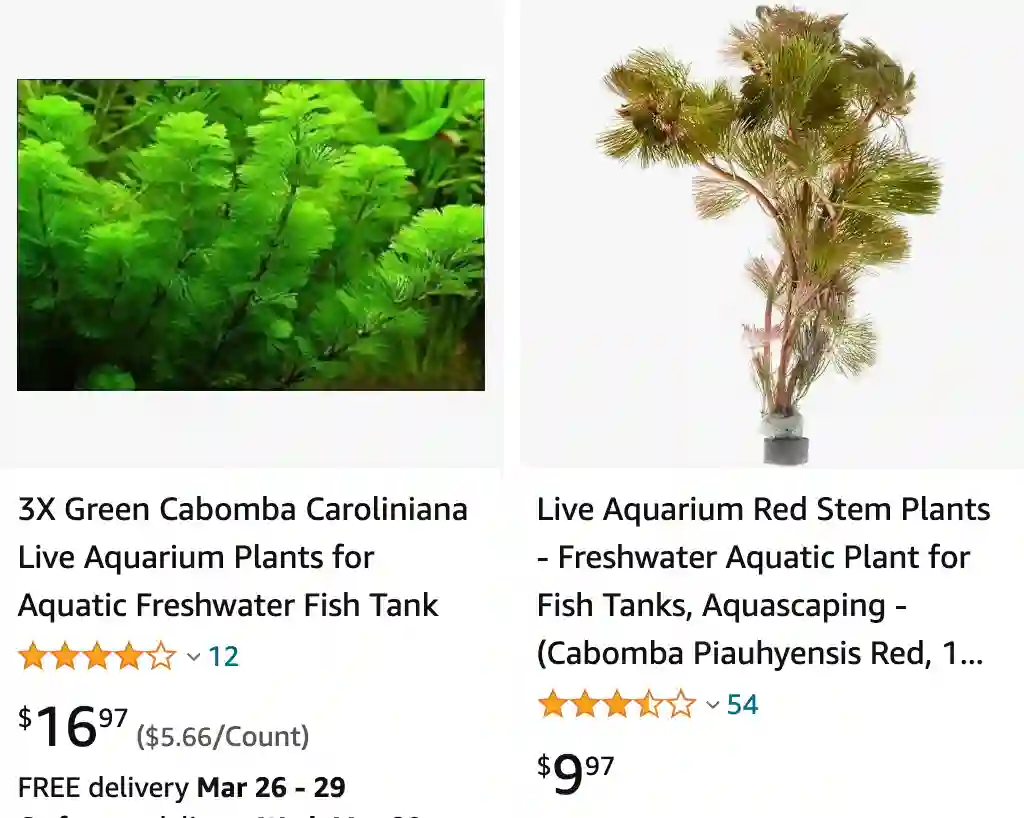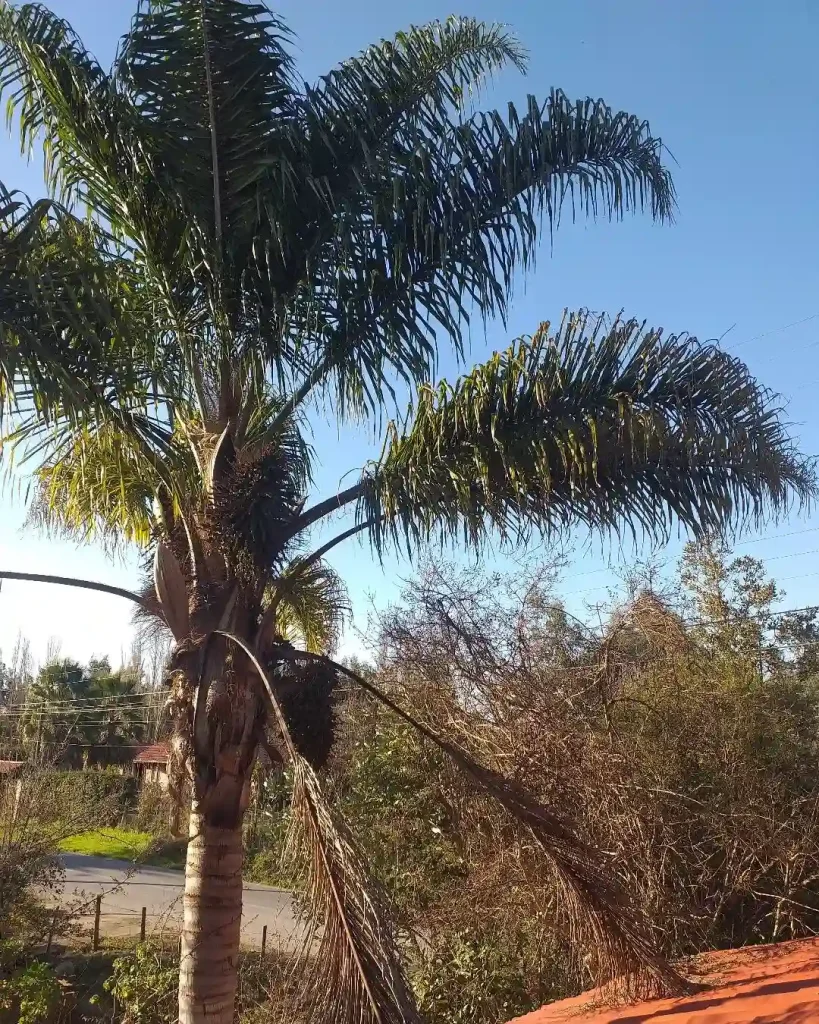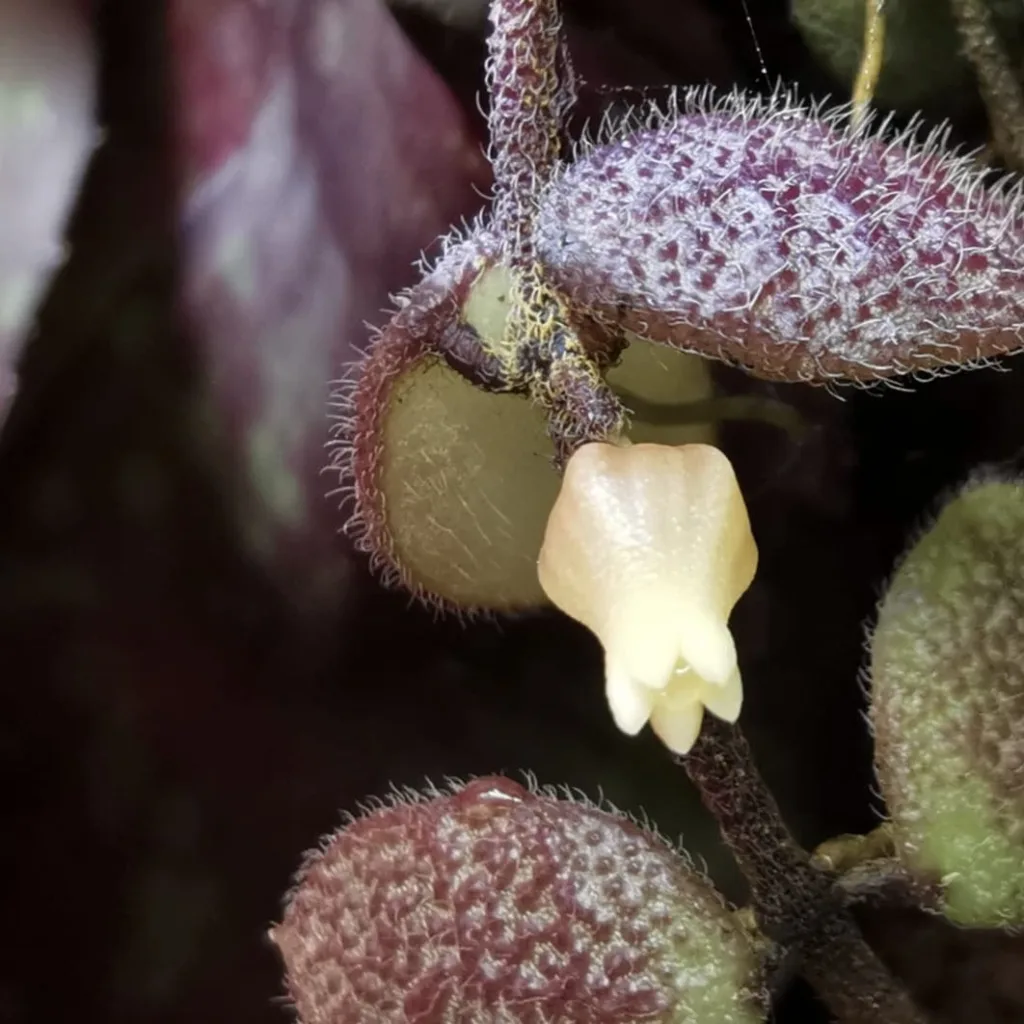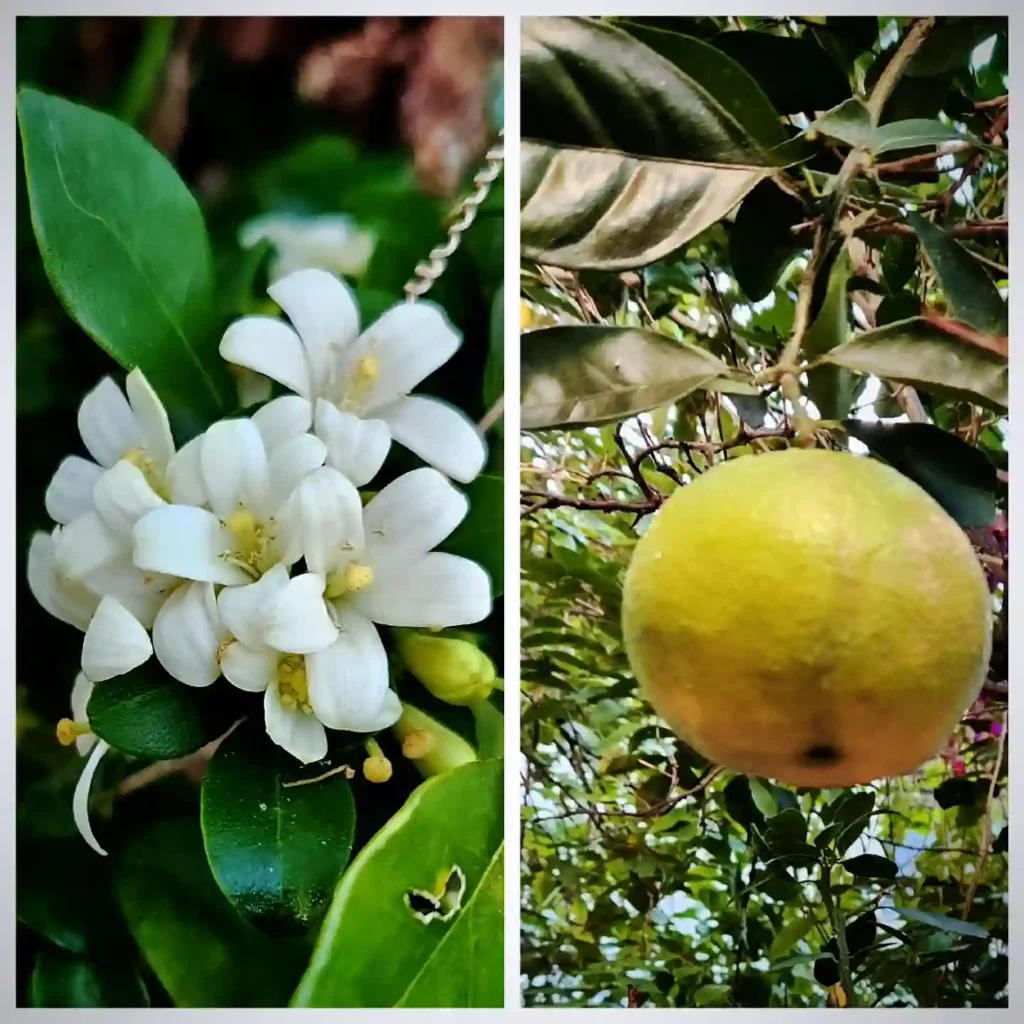
December 21 – Cabomba
"Cabomba, the fanwort, defines December 21."
Cabomba symbolizes purity and flow. You have a natural ability to adapt to any situation and go with the flow of life. Like the plant’s delicate, fan-like leaves, your grace and fluidity leave a lasting impact.
What is cabomba?
Cabomba is a genus of aquatic plants native to the Americas. They belong to the Cabombaceae family and are often found in slow-moving freshwater habitats like ponds, lakes, and rivers. The genus includes species such as Cabomba caroliniana, Cabomba aquatica, and Cabomba furcata, each with its distinct charm.
These plants are well-loved for their fine, fan-like leaves and vibrant green or reddish hues. They act as natural oxygenators, making them a great choice for aquariums and ponds. Additionally, their lush foliage provides shelter for small aquatic creatures.
My First Encounter with Cabomba
I first came across Cabomba while setting up a planted aquarium. I was drawn to its soft, feathery leaves that seemed to sway with the water’s current, almost hypnotically. I chose Cabomba caroliniana for its hardiness and adaptability, which are perfect for beginners like me.
Placing the plant in the mid-ground of my tank created a stunning contrast against the darker substrates and taller background plants. Over time, I found that Cabomba not only enhanced the tank’s aesthetics but also improved the overall water quality.
Cabomba species
- Cabomba aquatica Aubl.
- Cabomba caroliniana A.Gray Plant FAQs: Carolina Fanwort – Cabomba Caroliniana
- Cabomba furcata Schult. & Schult.f.
- Cabomba haynesii Wiersema
- Cabomba palaeformis Fassett
- Cabomba schwartzii Rataj
Cabomba vs Hornwort
I’ve found Cabomba to be much more visually striking than Hornwort, with its vibrant, feathery leaves really brightening up my aquarium. Hornwort, on the other hand, is easier to manage and has been a solid performer in terms of oxygenating the water.
Cabomba vs Ambulia
Comparing Cabomba and Ambulia, I prefer Ambulia for its hardiness and lower maintenance needs. Cabomba’s more delicate nature makes it a bit of a challenge to keep healthy in my tank, but it’s worth the effort for its stunning appearance.
Cabomba vs Limnophila
As for Cabomba versus Limnophila, Limnophila wins for me because it’s more robust and adapts better to my aquarium conditions. While Cabomba adds a unique look with its dense foliage, Limnophila has proven to be more resilient and easier to care for.
Can cabomba float?
While Cabomba is typically rooted in substrate in aquariums or ponds, it can sometimes float if not anchored properly. However, floating Cabomba may not thrive as well as rooted specimens, as it may struggle to access nutrients and light.
Can cabomba grow in sand?
Yes, Cabomba can grow in sand substrate in aquariums or ponds, provided that the sand is nutrient-rich and well-aerated. However, it’s essential to supplement the sand with root tabs or liquid fertilizers to ensure the plant receives adequate nutrients.
Does cabomba need co2?
Cabomba can benefit from CO2 supplementation, especially in high-tech planted aquarium setups. However, it can still grow well in low-tech setups without CO2 injection, as long as it receives sufficient light and nutrients.
How to grow cabomba?
To grow Cabomba:
- Lighting: Provide moderate to high lighting conditions for optimal growth. LED or fluorescent aquarium lights are suitable for Cabomba.
- Substrate: Plant Cabomba in nutrient-rich substrate such as aquarium soil or gravel supplemented with root tabs.
- Nutrients: Supplement the substrate with root tabs or liquid fertilizers rich in macro and micronutrients to promote healthy growth.
- CO2: Optionally, consider CO2 supplementation for faster growth and lush foliage, especially in high-tech planted aquarium setups.
- Water Parameters: Maintain stable water parameters, including temperature, pH, and hardness, suitable for tropical freshwater aquariums.
- Pruning: Regularly trim and prune Cabomba to prevent overgrowth and maintain a neat appearance.
How to plant cabomba in aquarium?
To plant Cabomba in an aquarium:
- Preparation: Trim any damaged or yellowing leaves from the Cabomba stems.
- Planting: Insert the Cabomba stems into the substrate, spacing them a few inches apart to allow for growth and prevent overcrowding.
- Depth: Plant the stems deep enough into the substrate to anchor them securely, but avoid burying the crown or growing tips.
- Rooting: Gently press the substrate around the base of the stems to help anchor them and promote rooting.
- Maintenance: Monitor the plants closely after planting and adjust lighting, fertilization, and CO2 levels as needed to promote healthy growth.
How to propagate cabomba?
Cabomba can be propagated through stem cuttings. Simply trim healthy stems from the parent plant and replant them in the substrate, following the same planting instructions as above. Ensure each cutting has several nodes to encourage root growth.
Does cabomba flower?
Yes, Cabomba can produce small white flowers under optimal conditions. However, flowering is relatively rare in aquariums and more commonly observed in outdoor pond settings.
Does cabomba melt back?
Cabomba may experience melting back when introduced to a new environment or subjected to significant changes in water parameters. This is normal, and the plant will often recover with proper care and acclimation.
Does cabomba need to be rooted?
While Cabomba can be rooted in substrate, it can also be left floating or anchored to decorations in the aquarium. However, rooting Cabomba in substrate provides stability and access to nutrients, promoting healthier growth.
How do you get rid of cabomba?
To remove Cabomba from an aquarium:
- Manual Removal: Gently uproot the Cabomba stems from the substrate, taking care to avoid damaging other plants or stirring up debris.
- Trimming: Trim any remaining Cabomba stems to prevent regrowth. Dispose of the plant material properly to prevent it from decomposing and fouling the water.
- Monitor: Keep an eye on the aquarium for any remaining Cabomba fragments or regrowth and remove them promptly.
How much space for cabomba?
Provide sufficient space between Cabomba stems to allow for growth and prevent overcrowding. A spacing of a few inches between stems is ideal, depending on the desired density and appearance of the planted area.
Where can i get cabomba?
Cabomba can be obtained from aquarium stores, pet stores, online retailers specializing in aquarium plants, or fellow hobbyists through plant swaps or sales. Ensure you acquire healthy specimens free from pests or algae contamination.
Conclusion
Cabomba plants offer endless possibilities for aquarists and aquatic gardeners alike. Whether you’re drawn to the hardy Cabomba caroliniana or the vibrant Cabomba furcata, there’s a species to suit every taste and skill level.
My journey with Cabomba has been one of discovery and growth—both for my plants and myself. If you’re looking to add a touch of natural elegance to your aquarium or pond, I can’t recommend this genus enough.
If i die, water my plants!



